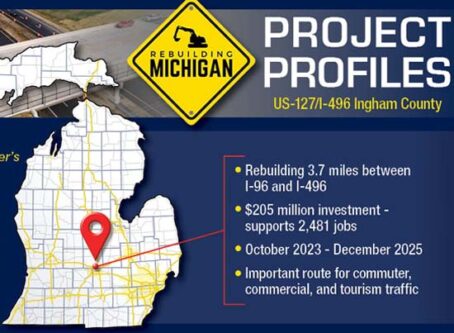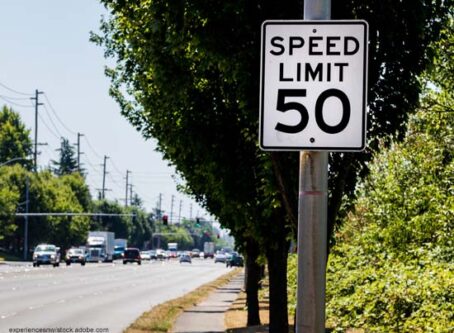Trucking employment continues to increase in July
Trucking jobs and transportation employment continue to show growth in July after enduring historic decreases stemming from the COVID-19 pandemic.
The transport sector gained nearly 38,000 jobs in July. This marks the second consecutive monthly increase after four consecutive decreases, including two historic monthly drops. June’s increase was the largest in more than 20 years.
Trucking jobs also went up with a gain of 2,000 after an increase of more than 4,000 trucking jobs in June. This marks the third consecutive increase in trucking jobs and the fifth monthly increase this year.
April’s trucking jobs loss was the largest since the bureau began tracking the subsector in 1990. At a distant second, nearly 50,000 trucking jobs were eliminated in April 1994. That was likely the result of about 80,000 Teamsters going on strike after negotiations with Truck Management Inc. failed.
Trucking jobs numbers for July and June are preliminary.
Transit/ground passenger transport employment experienced the largest increase with nearly 20,000 more jobs in the economy. Coming in second, is air transport (16,200) followed by couriers/messengers (9,200). Six of 10 subsectors are experiencing job growth. The four job losses include warehousing/storage (minus 5,700), rail transport (minus 3,200), scenic/sightseeing transport (minus 600) and pipeline transport (minus 100).
The trucking subsector had a net gain of more than 4,000 jobs last year, a far cry from the nearly 55,000 job increase in 2018. However, the employment situation last year is better than 2016’s loss of 4,000 jobs.
To date, trucking employment is down nearly 97,000 jobs due to April’s downward spiral. At about 1.4 million jobs, this sets trucking employment back to numbers last seen in November 2014, erasing more than five years of job growth.
The transportation sector had a net gain of more than 118,000 jobs in 2019. Last year was the slowest year for growth since 2013, when transportation employment increased by only 77,500 for the year.
So far, transportation jobs are down more than 400,000 for the year. This is a slight improvement from the more than 500,000 jobs lost year to date in May.
Average hourly earnings for the transportation and warehousing sector were $25.40 for July – an increase of 12 cents. Earnings were up by 45 cents from July 2019.
Hourly earnings for production and nonsupervisory jobs were down by 16 cents to $22.48 from the previous month and decreased by 7 cents year to year. Average hourly earnings for private, nonfarm payrolls across all industries were $29.39, a 7-cent increase from the previous month.
According to the report, the unemployment rate for transportation and material-moving occupations went up to 15.3% compared to June’s rate of 14.7%. At this time last year, the unemployment rate in the transport sector was sitting at 5%.
Overall unemployment fell to 10.2%, with 1.8 million jobs added to the economy as a whole. In June, unemployment hit 11.1%. The jobless rate is still up 6.7 percentage points compared to February, just before stay-at-home orders were put in place.
Workers who are paid by their employer for all or any part of the pay period are counted as employed, even if they were not actually at their jobs. Workers who are temporarily or permanently absent from their jobs and are not being paid are not counted as employed, even if they are continuing to receive benefits.
In March, April and May, many people were misclassified as employed for pandemic-related reasons. June’s report includes modifications to survey questions and answers, resulting in fewer misclassifications. The share of responses that may have been misclassified was much smaller in June and July than in prior months. For a detailed explanation about how the pandemic has affected the monthly employment survey, click here.









